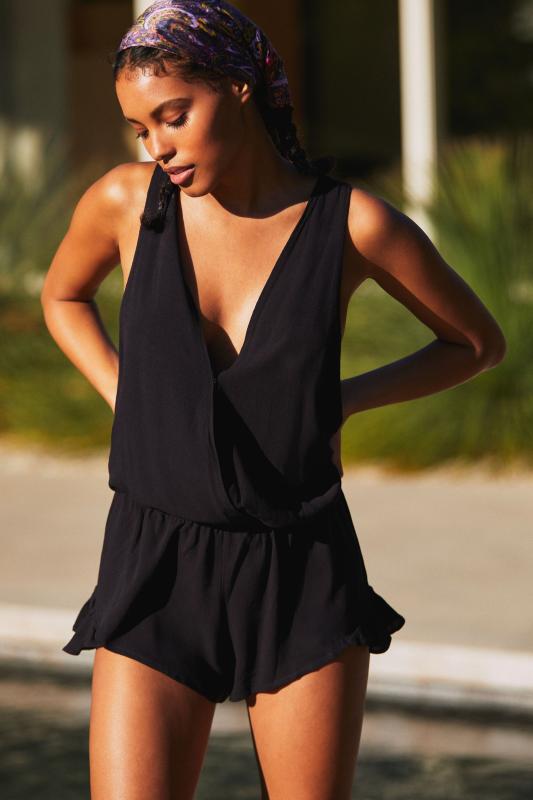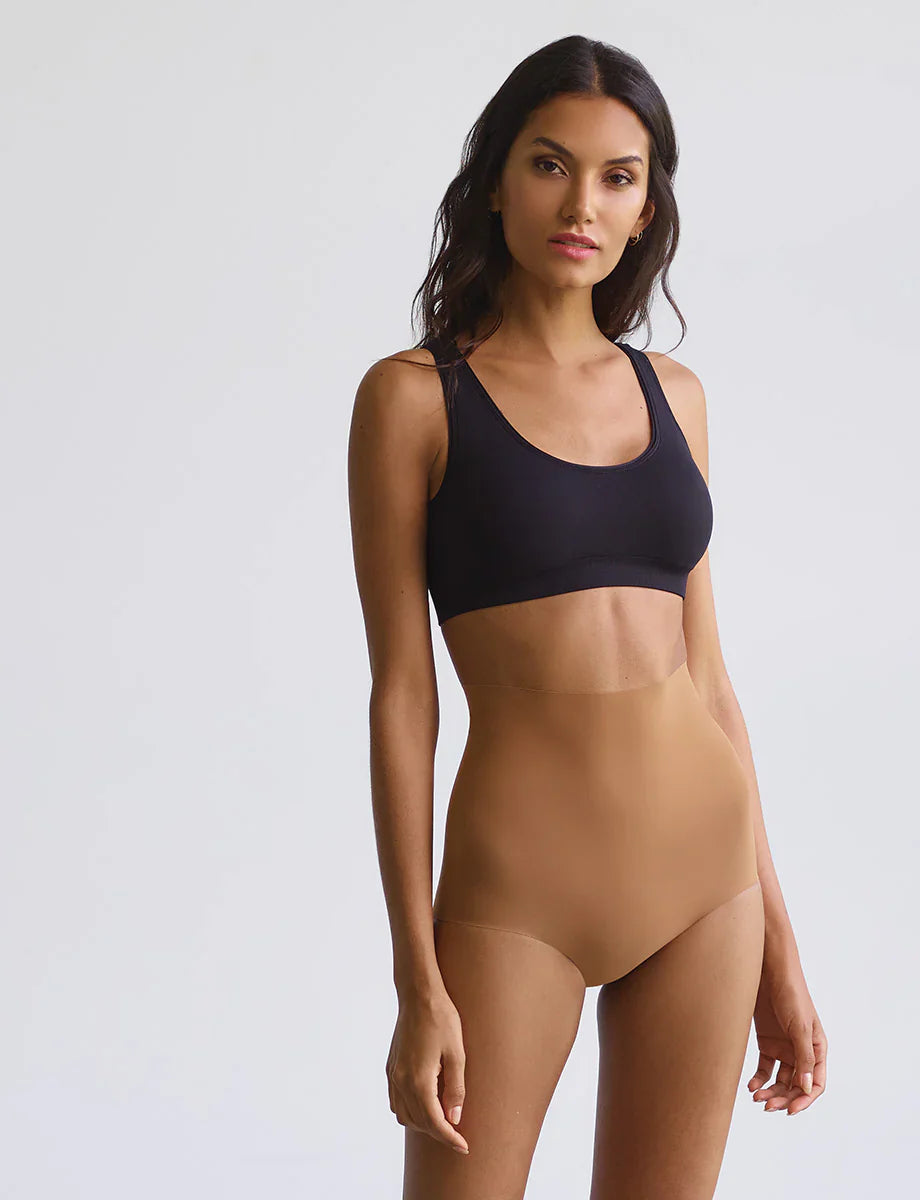Uncovering the Mysteries of Cover Ups

Have you ever wondered about the process of covering up imperfections or blemishes? Let's dive into the world of cover up and explore the science behind it.
What is Cover Up?
Cover up, also known as concealer, is a cosmetic product used to hide imperfections on the skin. These imperfections can include dark circles, blemishes, redness, or scars. Cover up typically comes in various forms such as liquid, cream, stick, or powder.
How Does Cover Up Work?
Cover up works by using pigments to neutralize or camouflage imperfections on the skin. Different colors are used to target specific issues - for example, green cover up can counteract redness, while peach or orange tones can help conceal dark circles.
Choosing the Right Cover Up
When selecting a cover up, it's important to consider your skin type and the imperfections you want to address. For oily skin, a matte finish cover up may work best, while those with dry skin may prefer a hydrating formula. It's also crucial to choose a shade that matches your skin tone for a seamless blend.
Application Techniques
The application of cover up can vary depending on the imperfections you are targeting. For under-eye circles, gently patting the product with your ring finger can help blend it seamlessly. When covering blemishes, using a small brush for precise application is recommended.
Benefits of Using Cover Up
Using cover up can help boost confidence by providing a flawless complexion. It can also enhance the overall look of makeup by creating a smooth base for foundation and other products. Additionally, cover up can be a quick fix for those days when you need to look refreshed and awake.
Next time you reach for your cover up, remember the science behind this cosmetic product and how it can help you achieve a flawless finish. Whether you're masking dark circles or concealing blemishes, cover up is a versatile tool in the world of beauty.


